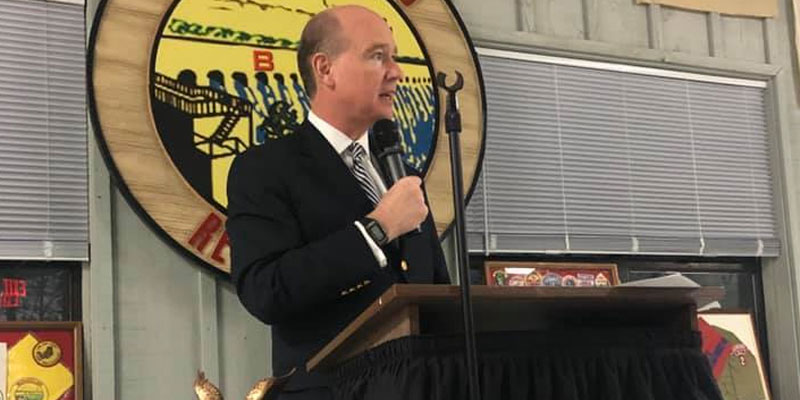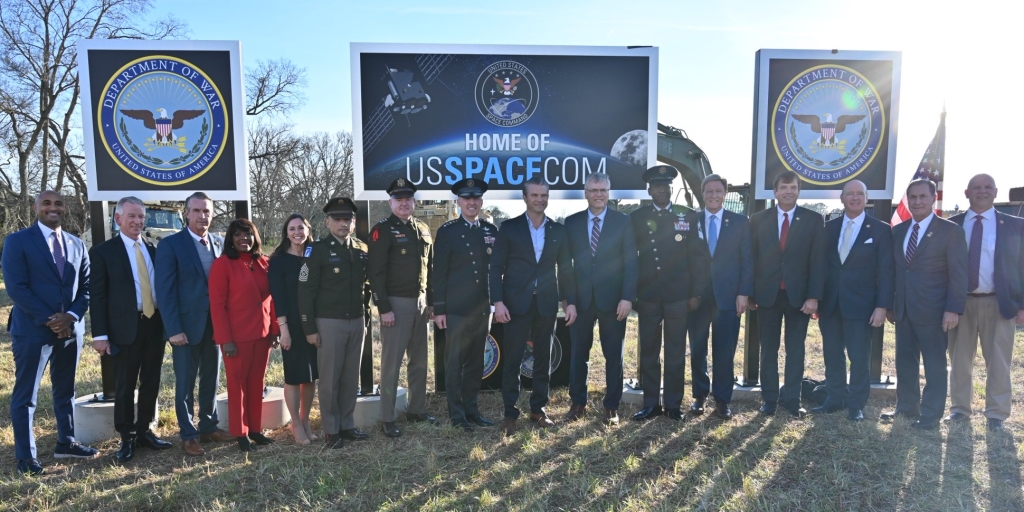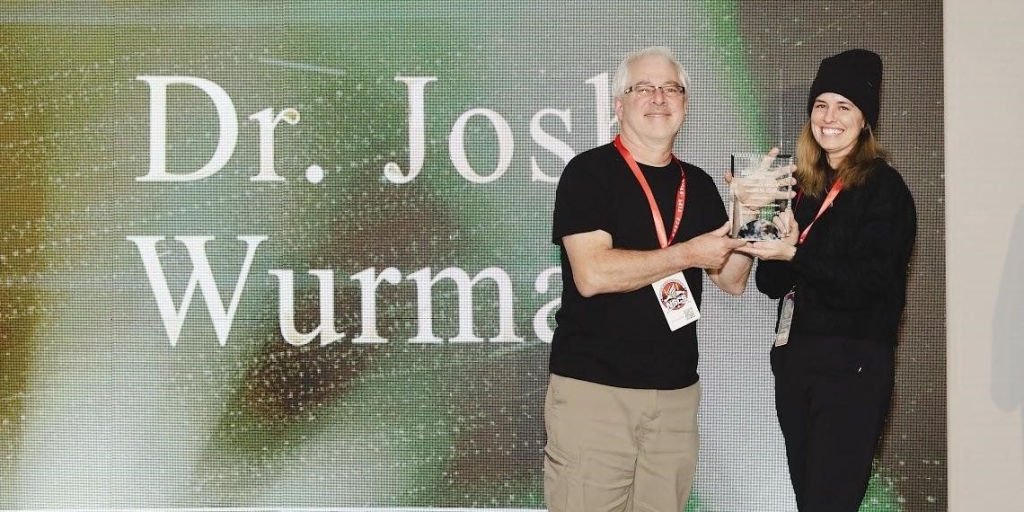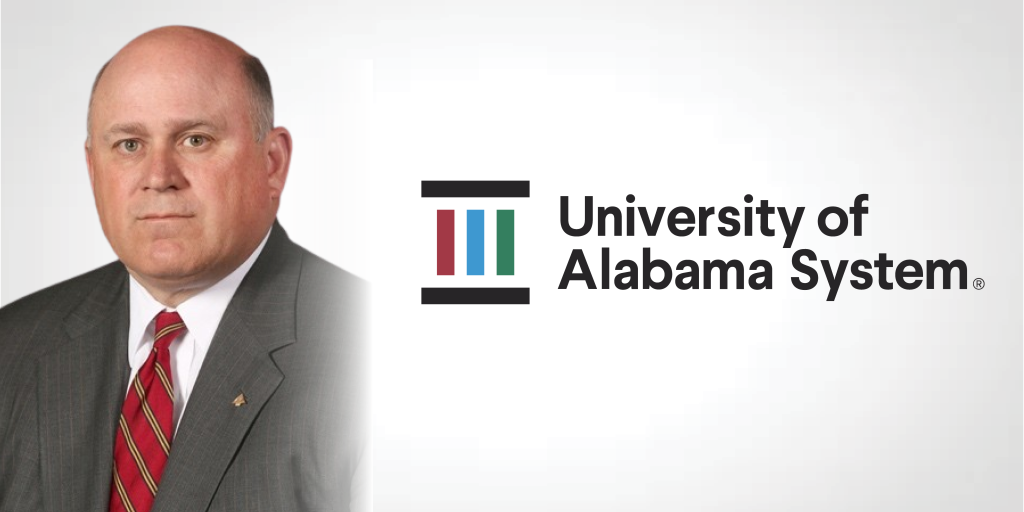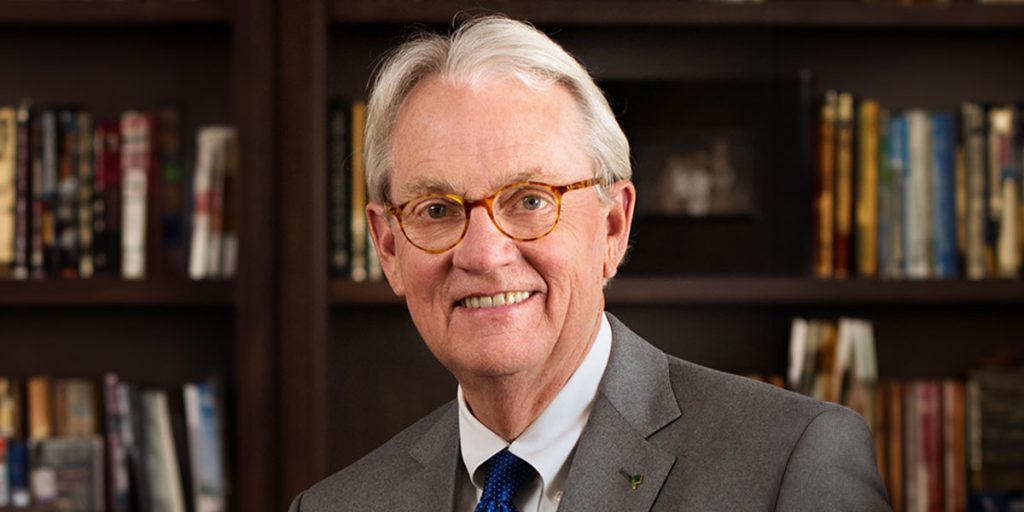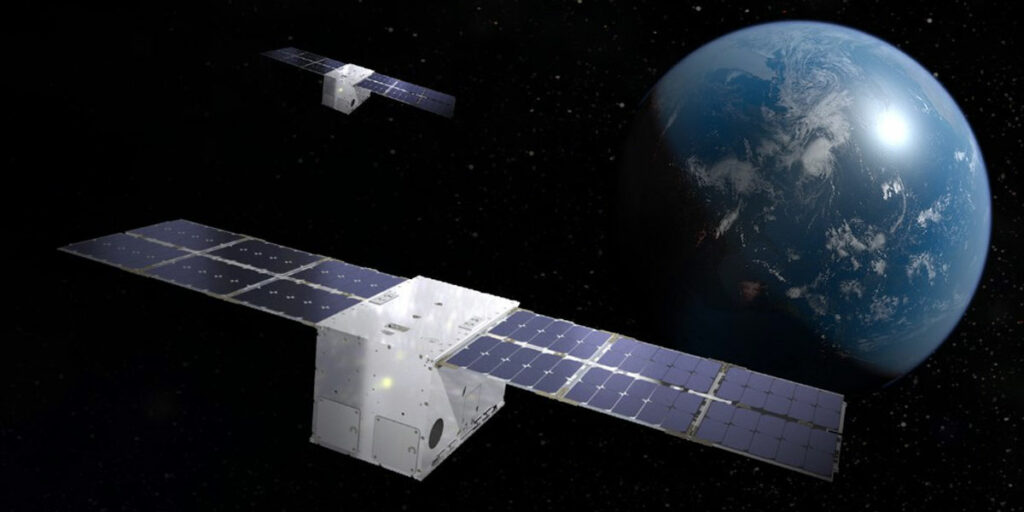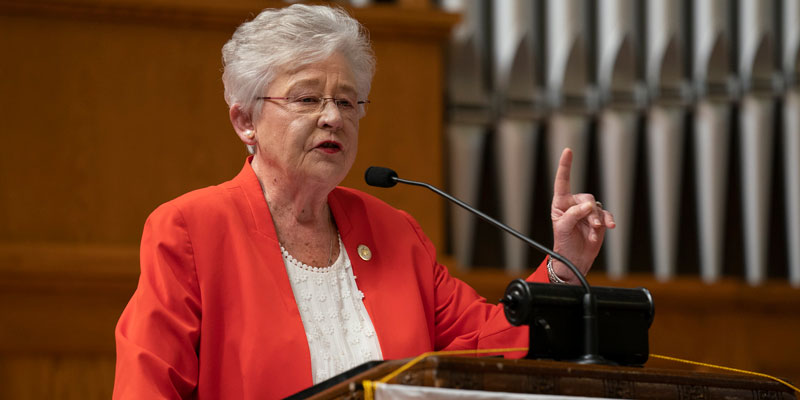VORTEX-SE, the ongoing study of tornado formation in the southeastern United States run out of the University of Alabama in Huntsville (UAH), will receive $10 million in the Fiscal Year 2020 funding packages set to pass Congress this week.
VORTEX-SE, which stands for Verification of the Origins of Rotation in Tornadoes Experiment Southeast, is a multiyear research endeavor that began in 2016.
Centered at UAH’s Severe Weather Institute – Radar and Lightning Laboratories (SWIRLL), VORTEX-SE brings together multiple universities and other scientific entities annually during springtime to study storm formation and the storm components that spawn tornados. Essentially, researchers want to better answer why tornadoes occur in the South and why tornadoes often seem to travel the same paths time and again.
The study has been strongly supported federally by Alabama legislators who recognize the tornado forecast challenges and the importance of research needed to improve forecasts and warnings.
“Rep. Robert Aderholt has supported VORTEX-SE on the House side, while U.S. Sen. Richard Shelby has supported it on the Senate side,” Dr. Kevin Knupp, professor of atmospheric science at UAH, said in a statement earlier this year.
The two statesmen doubled down on their support this time around. Shelby, as the powerful chair of the Senate Appropriations Committee, was a lead negotiator on the FY 2020 funding packages.
Much of Sand Mountain and the VORTEX-SE operational area are within Aderholt’s Fourth Congressional District. He represents Lawrence County’s Town Creek area, which suffered two fatalities and several other serious injuries from tornadic severe weather on Monday.
While there was a significant attempt in Congress to zero out VORTEX-SE’s funding entirely, Aderholt fought hard not only to restore it but double the FY 2019 funding of $5,000,000.
In a statement to Yellowhammer News on Tuesday, Aderholt advised, “This agreement provides for the continued collaboration between NOAA Research and the NSF on the Vortex-SE initiative with an important investment of up to $10,000,000 that I know will save lives in the future.”
“While radar does a great job of detecting storms during their formation and after they have touched down, we still need to know more,” he added. “Specifically, we need to know why tornadoes form and why some areas seem to get hit over and over while other areas just miles away see little to no tornado activity. I envision a future where this research will give us the opportunity to not just detect tornadoes, but know where they are likely to form minutes or hours ahead of time.”
As many as 11 universities have concentrated their observational, data gathering and research capabilities on storms as part of VORTEX-SE. Also involved are National Oceanic and Atmospheric Administration (NOAA) laboratories, including the National Severe Storms Laboratory at Norman, OK.
VORTEX-SE has also supported entities conducting relevant social science research, such as the University of Alabama, Mississippi State University and the National Center for Atmospheric Research.
Sean Ross is the editor of Yellowhammer News. You can follow him on Twitter @sean_yhn




